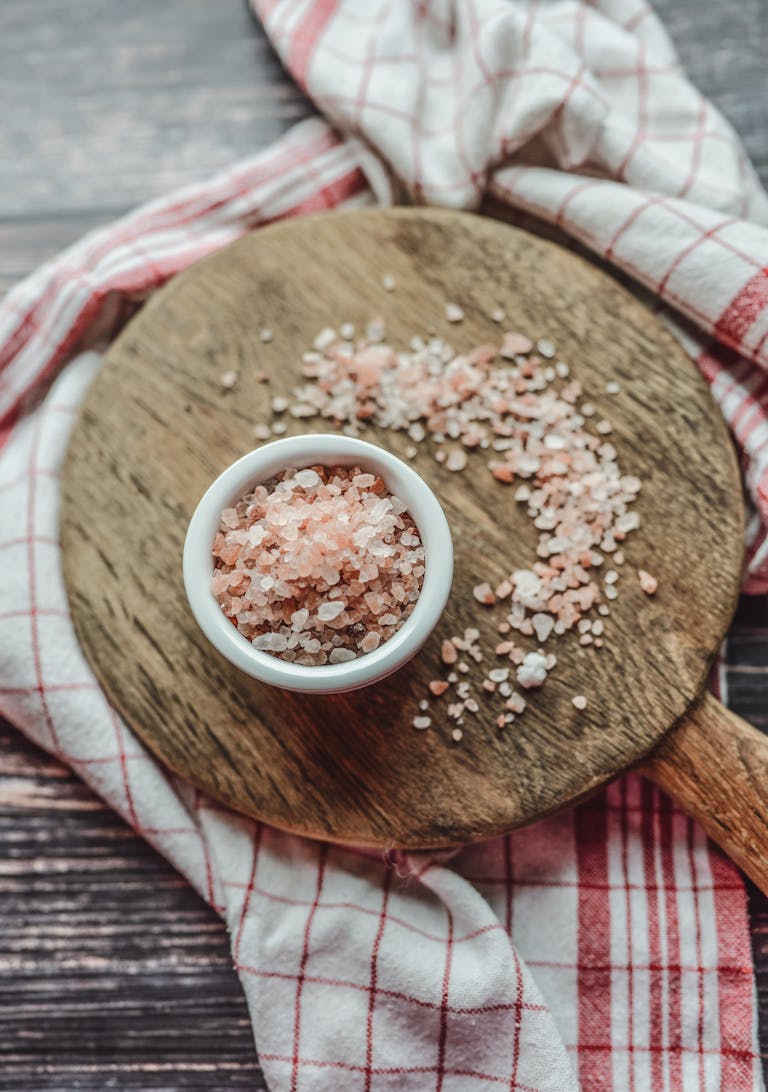Exercise Intensity Found to Reshape Gut Microbiome in Elite Athletes

A new study from Edith Cowan University has revealed that the intensity of exercise directly impacts gut health, influencing everything from bacterial diversity to bowel habits and metabolic markers. The research, published in the Journal of the International Society of Sports Nutrition in May 2025, focused on how training load alters the gut microbiome of highly trained rowing athletes.
The Study Setup
The researchers worked with 23 elite rowers, with an average age of 19 years, average weight of 80 kilograms, and average height of 1.83 meters. Each athlete provided stool samples during periods of high training load (HT) and low training load (LT).
Training during HT was 147% longer and 130% more intense compared to LT. To capture dietary habits, athletes kept 3-day weighted food records, which were analyzed using the ADIcore score, a measure of overall diet quality.
Key Dietary Findings
Interestingly, the athletes’ macronutrient and fiber intake did not change much between high and low training phases. However, their diet quality scores did. During HT, diet quality averaged 55 ± 10, while it dropped to 49 ± 9 during LT, a statistically significant difference.
This change wasn’t about calories or nutrients—it was about food choices. During LT, athletes tended to consume more processed foods, less fresh produce, and slightly more alcohol. In contrast, HT phases pushed them toward healthier overall eating habits.
Gut Transit and Bowel Frequency
The study also tracked bowel habits. During HT, athletes had more frequent bowel movements—about 1.11 per day compared to 0.67 per day during LT.
A striking observation was that 47% of athletes could not produce a stool sample within 24 hours during LT, compared with only 8% during HT. This suggests that gut transit time slows down significantly when athletes reduce their training loads.
Microbiome and Metabolites
When it comes to gut metabolites, researchers looked closely at short-chain fatty acids (SCFAs), compounds linked to energy metabolism and gut health. Results showed that during HT:
- Propionic acid levels rose to 120.64 mm from 91.35 mm in LT.
- Butyric acid levels increased to 104.76 mm compared to 64.23 mm in LT.
Both increases were statistically significant. These SCFAs are often associated with improved gut function and anti-inflammatory effects.
On the microbiome diversity front, the picture was mixed. Alpha diversity (measured by the Shannon-Wiener index) was slightly lower during HT (3.43) than LT (3.67), a difference that trended toward significance but did not fully meet the threshold.
The Firmicutes-to-Bacteroidota ratio (F/B ratio), however, showed a clear shift. It was 1.31 during HT compared to 4.29 during LT, a significant reduction. The class Bacteroidia was found to be more abundant during HT phases.
In other words, exercise intensity reshaped the structure of the gut microbiome, even if overall diversity did not dramatically shift.
What This Means for Athletes
The study demonstrates that high-intensity training promotes beneficial gut metabolites, more regular bowel movements, and higher diet quality. However, it also leads to a reduction in microbial diversity, which is not always considered positive.
During periods of rest or low training, athletes appear more vulnerable to slower gut transit, poorer diet quality, and shifts in their microbial balance.
This suggests that both training load and lifestyle habits—especially diet—need to be monitored closely if athletes want to maintain optimal gut health. It also points toward the gut playing an underappreciated role in performance, recovery, and overall health.
Broader Context
Other research has shown mixed effects of exercise on gut health. For example, systematic reviews have found that in some cases exercise increases microbial diversity, while in others it reduces it, depending on factors such as diet, baseline health, and exercise type.
The new findings from Edith Cowan University add an important detail: exercise intensity itself is a major factor in how the gut microbiome responds, at least in elite athletes.
For non-athletes, the message may be that vigorous physical activity could improve digestion and gut function, though more studies are needed to know if the same shifts happen outside of elite sports.
Reference
Charlesson, B., Jones, J., Abbiss, C., Peeling, P., Watts, S., & Christophersen, C.T. (2025). Training load influences gut microbiome of highly trained rowing athletes. Journal of the International Society of Sports Nutrition. DOI: 10.1080/15502783.2025.2507952
TL;DR
A study on 23 elite rowers found that high-intensity training improves diet quality, bowel regularity, and gut metabolites like SCFAs, while reducing microbial diversity. In low-training phases, athletes’ diets worsened, gut transit slowed, and microbial balance shifted.





